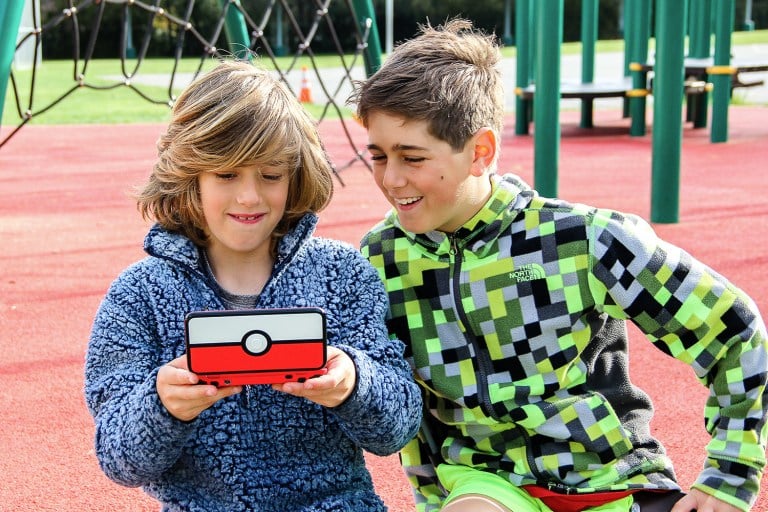Former Pokémon trainers remember the childhood thrill of finally catching a wild Charmander in a Poké Ball, signifying their ownership and control over the beast. Though many have long since dropped this treasured pastime, a recent finding by Stanford psychologists details how extensive childhood experience with these cartoon characters can influence the human brain to this day.
A preferential activation for the pixelated creatures has been discovered in the brains of previously avid Pokémon players — as explained in a paper published online in Nature magazine on Monday. The research, funded by a seed grant from Stanford’s Center for Cognitive and Neurobiological Imaging, furthers knowledge on human brain structure and signals the brain’s capability of adapting at an early age.
The study analyzed the brains of 11 Pokémon experts and 11 novices in a lab within Stanford Neurosciences. Through looking at magnetic resonance imaging (MRI) scans, the researchers found that the sight of Pokémon characters stimulates activity in the bottom of the temporal lobe, located in the visual cortex just behind the ears. Yet, when a subject recognizes faces, places or words, the same area within the visual cortex is not triggered. The brain has the potential to create multitudes of specialized areas like this.
Research subjects deemed as “experts” at the game had started playing Pokémon between ages five and eight and could visually recognize and name all 150 of the original characters. Jesse Gomez Ph.D. ’18 said that this age range is a time of critical brain development and the way the game rewards players for their ability to recognize the names and characteristics of Pokémon made it likely for a specialized brain region to be built up.
Gomez, who now works at the University of California, Berkeley’s Cognitive Neuroanatomy Lab, conducted the research in collaboration with Michael Barnett, a University of Pennsylvania graduate student and alum of the Vision and Perception Neuroscience Lab, and Stanford Neurosciences Institute psychology professor Kalanit Grill-Spector.
With this deep engrainment of Pokémon into the human brain, it’s no surprise the impending release of “Pokémon Detective Pikachu” has caused much excitement.
“I’ve been such a huge fan of Pokémon my whole life,” said Celine Escarmant ’22, who has collected Pokémon cards, watched the TV show, played on the Nintendo D.S. and used the Pokémon Go! app. “It’s funny to think how my brain is just going to be firing up while I watch [the movie]. I never would have thought that somebody would research Pokémon though. Who does that?”
Along those lines, Barnett, who was “obsessed” with all things Pokémon, said in a Penn Today article that the research topic did start as a joke. The two had likened children playing Pokémon to a study where the brain regions of young macaques were activated when they viewed letters. The pair soon realized how the video game could have made for an experiment.
“As children we had extensive experience playing Pokémon, hundreds of hours. Everyone played on the same Gameboy device, which has the same screen, and kids’ arms are roughly the same length,” Barnett said to Penn Today. “It was like this unintended but well-controlled experiment.”
Contact Sonja Hansen at smhansen ‘at’ stanford.edu.
